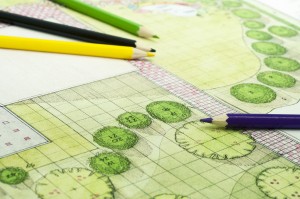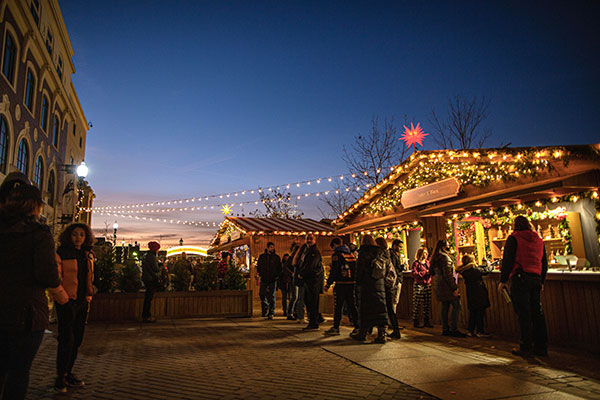Most neighborhoods and communities are governed by a Homeowner’s Association
(HOA). HOAs typically have specific covenants, conditions and restrictions (CCR), often called bylaws. CCRs are important because they establish the HOA board as a legal entity charged with maintaining the common areas, enforcing community standards, and identifying specific rules, regulations, and policies with which owners, tenants and guests must comply. HOA bylaws address many different issues ranging from pets and parking to settling disputes and selecting landscape contractors.
Just as the residents of each community are different, each HOA will have different landscape requirements. One way to identify those needs is to develop a community landscape plan that provides guidance to the board in how the landscape is to be maintained.
An HOA landscape plan ensures that the services provided are tailored to your community’s specific needs. The age of your community can play a large part in determining these needs as issues with mature trees and plants can vary quite a bit from younger plant material at a newer community.
There are three key components that should be addressed when developing a landscaping plan for your community:
- Start by sending a survey to your residents. The goal of this survey should be to identify and prioritize issues that are important to community members. Are certain common areas more important than others? How dressed up does the main entrance need to be? Are there areas that need more attention than others, for instance the club house? Are there areas where the landscape needs replaced? Determining what’s important to your residents will help in developing a plan that will keep your community members happy.
- Create an inventory of existing landscape features. This inventory should include detailed descriptions of trees (type, age, and condition), shrubs and plant material (variety, size, condition), flower beds (locations, size), irrigation systems, and all areas the board is responsible for maintaining. Some other elements that may be important to include are landscape lighting features, the condition of sidewalks and water features, and any pest or disease issues that have been experienced in the past. This information will be useful to identify necessary tasks and predict future maintenance costs as landscape features age.
- Develop a budget. Oftentimes, landscaping is the largest cost in an HOA’s budget. Therefore it’s important to have a good idea of your residents’ expectations and the areas that need to be maintained before you set out developing a budget. As a percentage of your HOA budget, landscaping can range from 25% for smaller communities up to 75% for large communities that contain several thousand homes. For more information on developing a landscape budget that’s right for your HOA, check out Part 2: Landscaping and your HOA Budget.
Developing a landscaping plan for your community is a critical first step to ensuring that HOA board members and the landscaping provider work in harmony to deliver and maintain the standards that have been set. Once you’ve completed your landscaping plan, it’s time to contact several landscaping firms to determine the best fit for your community.
If you have questions regarding the landscape at your community, feel free to contact us by calling 317-575-1100 or by simply filling out the form below. And be sure to check out our other articles about HOA landscaping:
Please select a valid form

